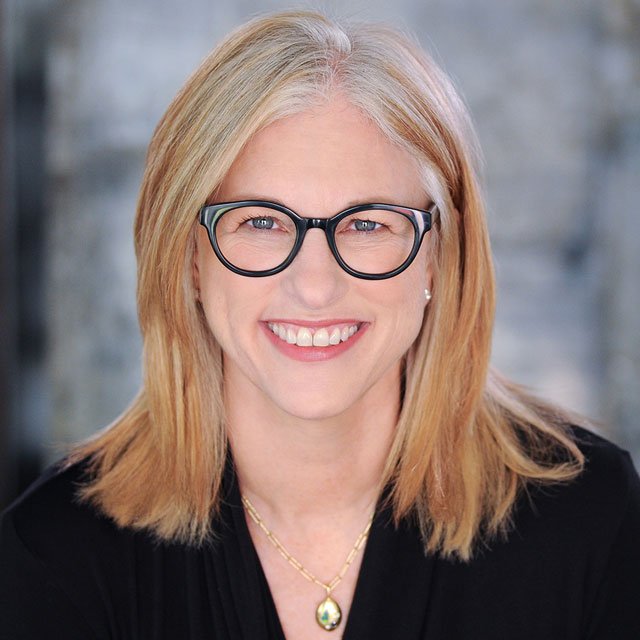Good Advisors Can't Ignore the Inequities Following Women Into Retirement

What You Need to Know
Research shows the wage gap between men and women doing equal work has also created a massive retirement-readiness gap.
Stephanie Richman at EP Wealth Advisors says this challenge, while not solvable by financial advisors alone, must factor deeply into the planning process.
In light of the readiness gap, decisions such as Social Security claiming for women and married couples take on even greater importance.
The wage gap is a barrier late-career women have faced their whole lives, and it especially affects them as they approach and plan for the transition to retirement.
In fact, according to one study by the National Women’s Law Center, a 20-year-old woman starting full-time work can expect to earn more than $400,000 less over a 40-year career compared to a man in the same position. Should her male counterpart retire at age 60 after 40 years of work, this wealth gap implies she would need to work nine additional years — until age 69, which is past Social Security’s full retirement age — to close this lifetime wage gap.
Stephanie Richman, regional director of Northern California and the East Bay at EP Wealth Advisors, says this unjust wage differential results in significantly less retirement security for women, and the situation is particularly grave for women of color compared to white, non-Hispanic men.
In a new conversation with ThinkAdvisor, Richman pointed to the gender-based retirement gap as one of the broadest and gravest financial challenges facing the American public in 2023, and she encourages financial advisors to consider how it could be playing out in the lives of their clients and in their own communities.
While a solution to the wage gap will need to be holistic in nature, involving efforts across the board by individuals, companies, institutions and government, Richman says financial advisors have a lot to contribute — starting with their ability to educate their clients and communities about the issue and how it impacts people beyond their time in the workforce.
Shocking Levels of Inequity
According to the National Women’s Law Center, over a 40-year career, Black women typically lose $941,600 in relative earnings compared to white, non-Hispanic men, while Native American women typically lose $1.35 million and Latina women typically lose $1.12 million.
Additionally, while Asian women have a smaller gap in lifetime earnings ($240,280) compared to other women of color, the gap remains substantial, and many communities of Asian American and Pacific Islander women experience much larger wage gaps than is reflected in this overall figure for Asian women.
As Richman points out, these staggering dollar figures become all the more concerning when one frames the issue in terms of excess years required in the workforce. Assuming the same aforementioned conditions, Black women would have to work nearly 25 years longer than white, non-Hispanic men in order to close the lifetime wage gap.
Native American women would have to work 30 years longer, and Latinas would have to work 33 years longer. This implies that Black women, Native American women and Latina women all must work well into their 80s or 90s to catch up to what a white, non-Hispanic man has made by age 60. That is, they must delay their retirement beyond their own life expectancy.
What Advisors Can Do Today
Reflecting on the role that financial advisors can play in helping to start to close the gap, Richman says one place to start is with the fundamentals.
“We often find that women might express a higher degree of concern about taking excessive risk in the markets,” Richman observes. “As financial advisors, it is important for us to educate all our clients about identifying the right amount of risk to take, and highlighting that risk comes in different forms, including longevity risk.”






